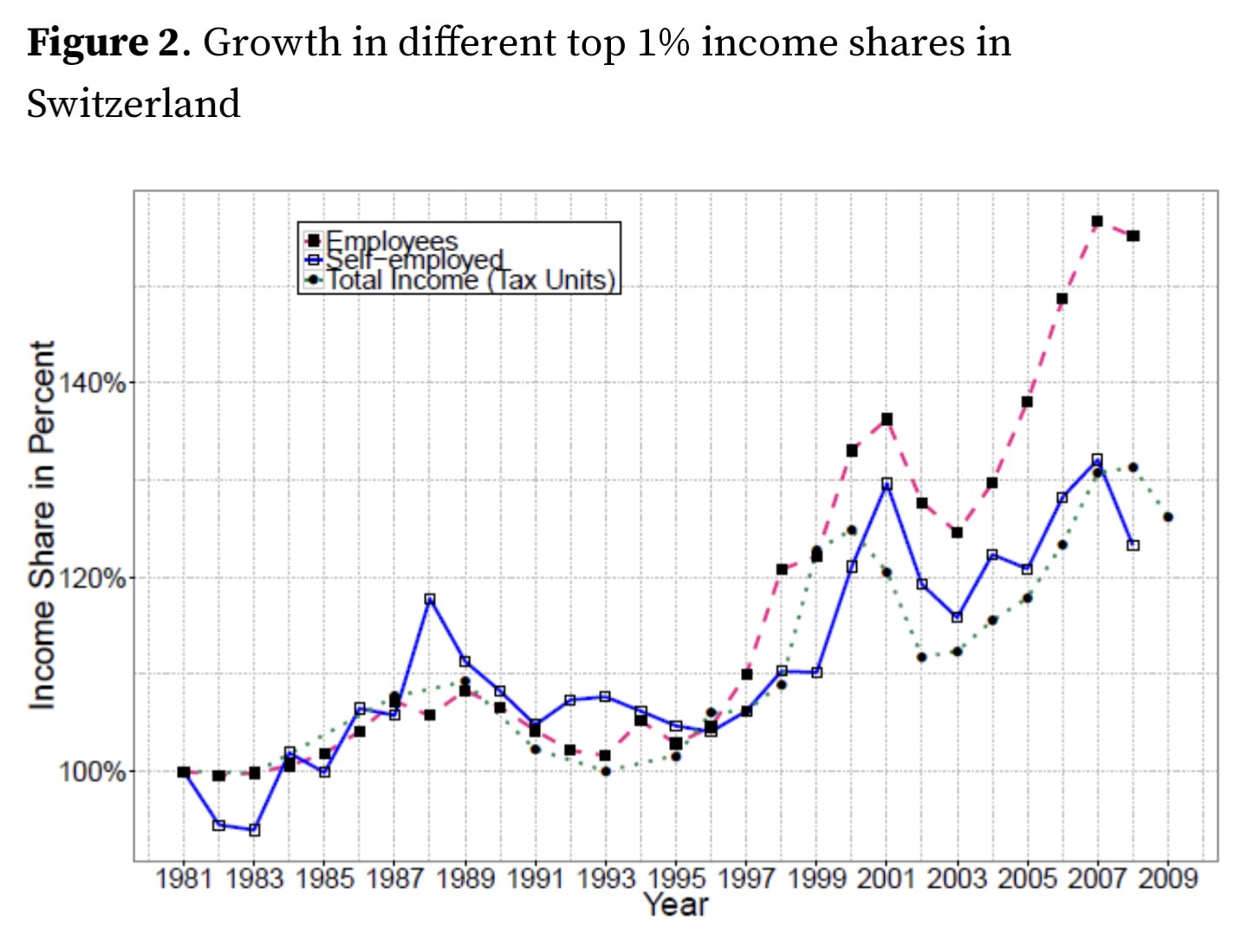Highlights erroneously posted to a group:
We allocate national consumption emissions to individuals within each country based on a functional relationship between income and emissions, drawing on new income distribution dataset
HeinzWittenbrink
26 Dec 2020
in
COS-OER
inequalityOxfam and SEI's approach to estimating how global carbon emissions can be attributed to individuals based on their consumption builds on Oxfam's 2015 report 'Extreme Carbon Inequality,'23 which gave a snapshot of the global distribution of emissions in a single year, and that of Chancel and Piketty24 among others. It is explained in detail in the accompanying research report.25
HeinzWittenbrink
26 Dec 2020
in
COS-OER
nequal growth has another cost: it means that the global carbon budget is being rapidly depleted, not for the purpose of lifting all of humanity to a decent standard of living, but to a large extent to expand the consumption of a minority of the world's very richest people
HeinzWittenbrink
26 Dec 2020
in
COS-OER
The World Bank recently concluded that continued unequal growth will barely make a dent in the number of people living on less than $1.90 per day by 2030; only a reduction in income inequality will help
HeinzWittenbrink
26 Dec 2020
in
COS-OER
S. Kartha, E. Kempt-Benedict, E. Ghosh, A. Nazareth and T. Gore. (2020). The Carbon Inequality Era: An assessment of the global distribution of consumption emissions among individuals from 1990 to 2015 and beyond. Oxfam and SEI. https://oxfamilibrary.openrepository.com/handle/10546/621049The dataset is available at https://www.sei.org/projects-and-tools/tools/emissions-inequality-dashboard
HeinzWittenbrink
26 Dec 2020
in
COS-OER
The poorest 50% barely increased their consumption emissions at all.
HeinzWittenbrink
26 Dec 2020
in
COS-OER
t is striking that the shares of emissions across income groups have remained essentially unchanged across the period
HeinzWittenbrink
26 Dec 2020
in
COS-OER
the total emissions added to the atmosphere since the mid-1800s approximately doubled.2Global GDP doubled in this period too, a
HeinzWittenbrink
26 Dec 2020
in
COS-OER
juncture – prioritizing yet more grossly unequal, carbon intensive economic growth to the benefit of the rich minority
HeinzWittenbrink
26 Dec 2020
in
COS-OER
in the service of increasing the consumption of the already affluent, rather than lifting people out of poverty.
HeinzWittenbrink
26 Dec 2020
in
COS-OER
It took about 140 years to use 750Gt of the global carbon budget, and just 25 years from 1990 to 2015 to use about the same again
HeinzWittenbrink
26 Dec 2020
in
COS-OER
Oxfamand SEI's research estimates how global carbon emissions are attributed to individuals who are the end consumers of goods and services for which the emissions were generated. See Box 2.
HeinzWittenbrink
26 Dec 2020
in
COS-OER
while the total growth in emissions of the richest 1% was three times that of the poorest 50%
HeinzWittenbrink
26 Dec 2020
in
COS-OER
The richest 1% (c.63 million people) alone were responsible for15% of cumulative emissions, and 9% of the carbon budget –twice as much as the poorest half of the world’s population
HeinzWittenbrink
26 Dec 2020
in
COS-OER
he richest 10% of the world’s population (c.630 million people) were responsible for 52% of the cumulative carbon emissions – depleting the global carbon budget by nearly a third (31%) in those 25 years alone
HeinzWittenbrink
26 Dec 2020
in
COS-OER
From 1990 to 2015, a
HeinzWittenbrink
26 Dec 2020
in
COS-OER
This briefing describes new research that shows how extreme carbon inequality in recent decades has brought the world to the climate brink.

 , Canada, Australia, Mongolia, S.Africa, Yemen, Western EU and Greece are the best. Strange map...
, Canada, Australia, Mongolia, S.Africa, Yemen, Western EU and Greece are the best. Strange map...